How to Develop a Chronic Disease Management Program in Nursing Homes
Learn how to develop a chronic disease management program in nursing homes for better patient outcomes.
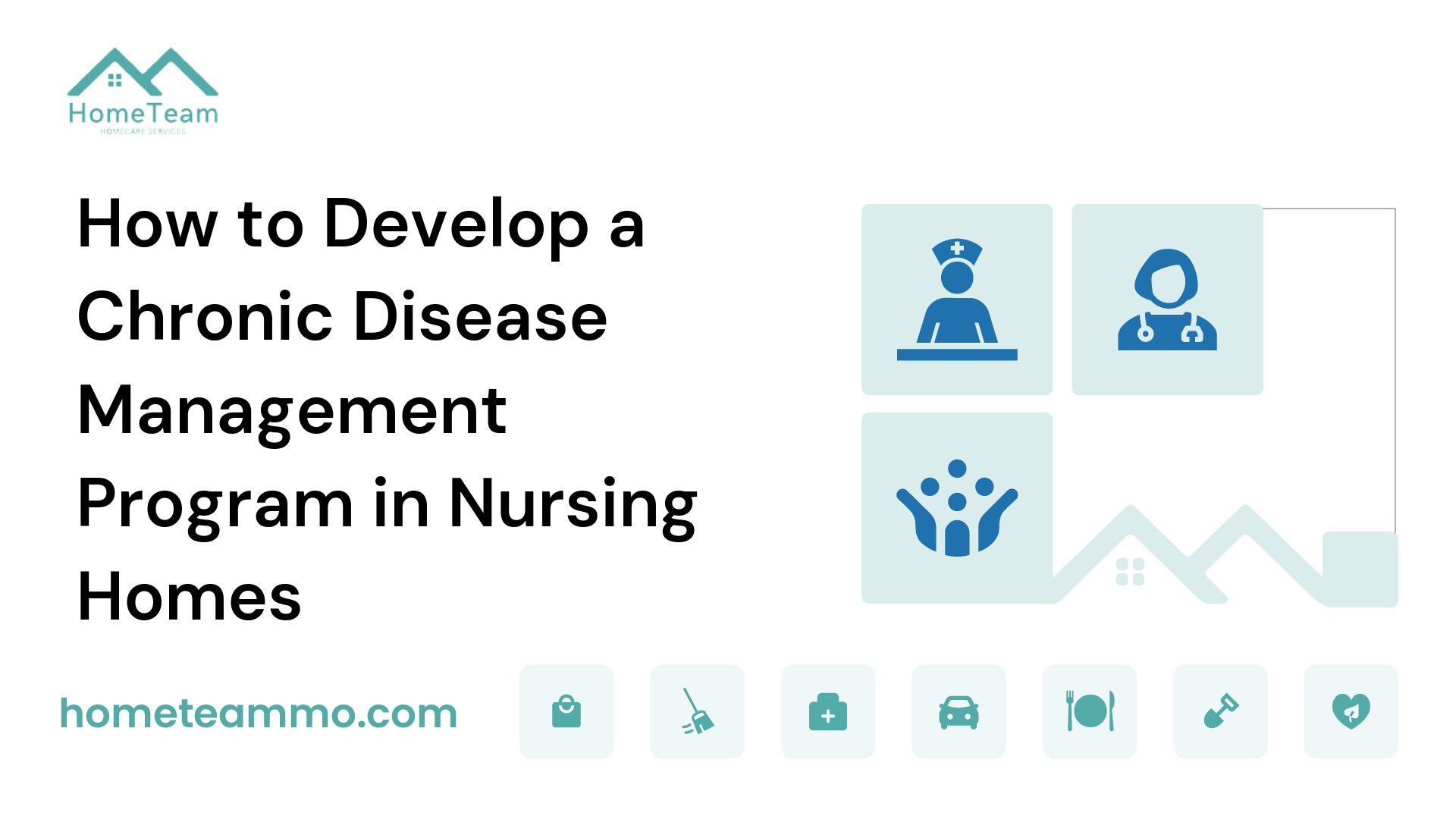
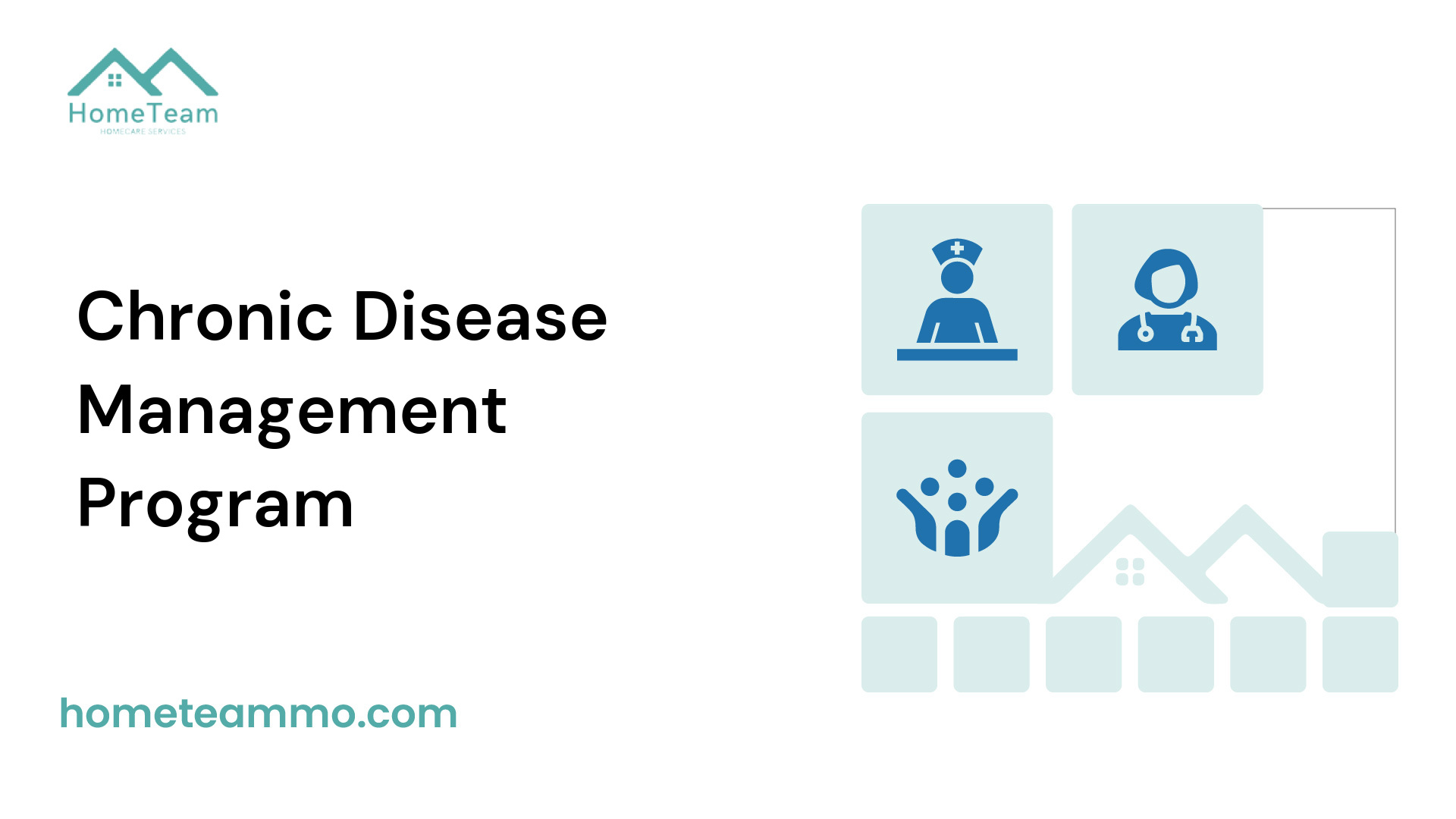
Chronic Disease Management Program
Chronic disease management programs play a pivotal role in improving the quality of care for patients with long-term health conditions. These programs focus on a structured approach to managing chronic illnesses, which can enhance patient outcomes, reduce hospitalizations, and improve overall health.
Importance of Chronic Disease Management Programs
The significance of chronic disease management programs stems from their ability to provide comprehensive care that addresses the unique needs of individuals with chronic health issues. As populations age and the prevalence of chronic diseases increases, effective management becomes crucial.
Key benefits of chronic disease management programs include:
BenefitDescriptionImproved Patient OutcomesTailored care strategies can lead to better health outcomes for patients.Reduced Healthcare CostsEffective management reduces hospital visits and related expenses.Enhanced Quality of LifePatients often experience improved daily functioning and well-being.Increased Patient SatisfactionStructured programs foster better communication between patients and caregivers.
Key Components of a Successful Program
To effectively design and implement a chronic disease management program, several key components should be considered:
ComponentDescriptionComprehensive AssessmentsRegular health evaluations to understand the patients' conditions thoroughly.Personalized Care PlansCustomized strategies that align with each patient's specific needs and goals.Multidisciplinary Care TeamsCollaboration among various healthcare professionals to provide holistic care.Patient EducationProviding resources and information to empower patients in managing their health.Continuous MonitoringRegular follow-ups and adjustments to care plans based on patient progress.
By understanding the importance and core components of chronic disease management programs, nursing homes can create effective strategies that support the health and well-being of their residents. This ensures a proactive approach to managing chronic conditions, ultimately leading to better patient experiences and outcomes.
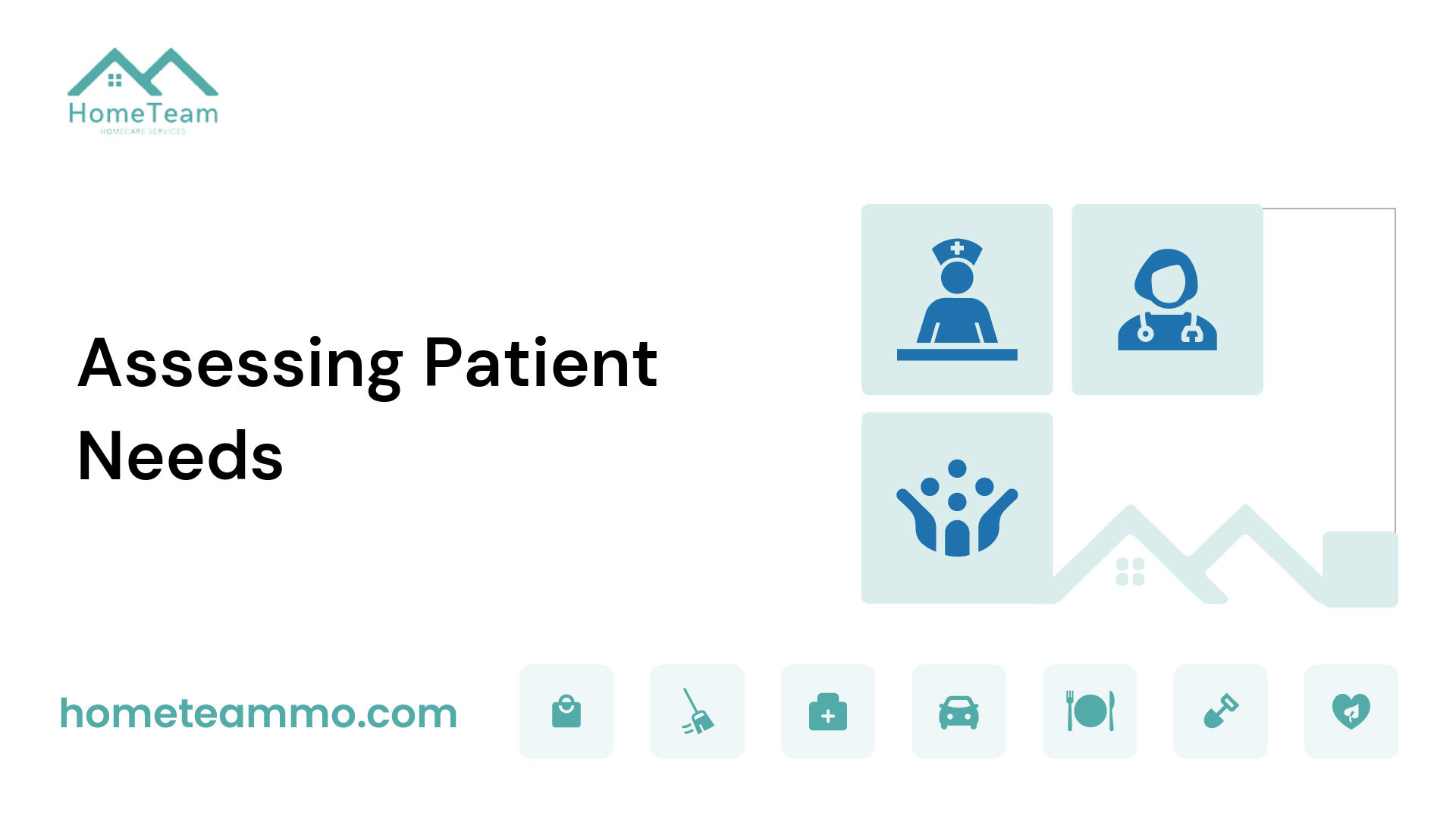
Assessing Patient Needs
A foundational aspect of developing an effective chronic disease management program in nursing homes is assessing the needs of patients. This involves identifying chronic diseases prevalent among residents and conducting thorough health assessments to create tailored intervention strategies.
Identifying Chronic Diseases in Nursing Homes
Recognizing the types of chronic diseases common in nursing homes is crucial. These diseases often require ongoing management and can significantly impact the quality of life of residents. Below is a table highlighting prevalent chronic conditions observed in nursing home populations.
Chronic DiseasePrevalence (%)Hypertension60Diabetes Mellitus30Heart Disease25Arthritis50Chronic Obstructive Pulmonary Disease (COPD)20Dementia15
Understanding the prevalence of these conditions enables healthcare providers to prioritize resources and develop a program that effectively addresses the specific needs of the residents.
Conducting Comprehensive Health Assessments
Conducting thorough health assessments is essential for tailoring care plans that meet individual patient needs. Comprehensive health assessments typically include several key components that help in evaluating the overall health and functional status of patients.
These assessments provide vital insights into the individual patient needs, facilitating the development of personalized care plans that align with best practices in chronic disease management for nursing home residents.

Developing a Tailored Program
Creating an effective chronic disease management program in nursing homes involves customizing care to meet the specific needs of residents. This includes designing personalized care plans and integrating multidisciplinary approaches.
Personalized Care Plans
Personalized care plans are essential to address the unique health requirements of each resident. These plans should be developed based on thorough assessments of individual conditions, preferences, and goals. Key components typically included in personalized care plans are as follows:
ComponentDescriptionHealth GoalsSpecific, measurable objectives tailored to the resident's needs.Treatment InterventionsOutline of medications, therapies, and other treatments required.Monitoring ScheduleFrequency and methods for tracking health progress.Support ServicesIdentification of additional resources, such as counseling or nutrition advice.
Each plan should be routinely reviewed and updated based on ongoing assessments to ensure it remains relevant and effective.
Integrating Multidisciplinary Approaches
A successful chronic disease management program incorporates a multidisciplinary team that collaborates to provide comprehensive care. This team typically includes:
Team MemberRolePhysiciansOversee medical care and adjust treatment as needed.NursesMonitor resident health and assist with daily care.NutritionistsDevelop dietary plans that align with health needs.Social WorkersProvide emotional support and resources for residents and families.Physical TherapistsDesign exercise programs to improve mobility and strength.
By fostering communication and cooperation among team members, the program can address the complex needs of residents more effectively. Regular meetings and updates among the team help in aligning care strategies and ensuring all aspects of resident health are considered. Engaging a multidisciplinary team enhances the overall quality of care provided in nursing homes and promotes better health outcomes for residents.
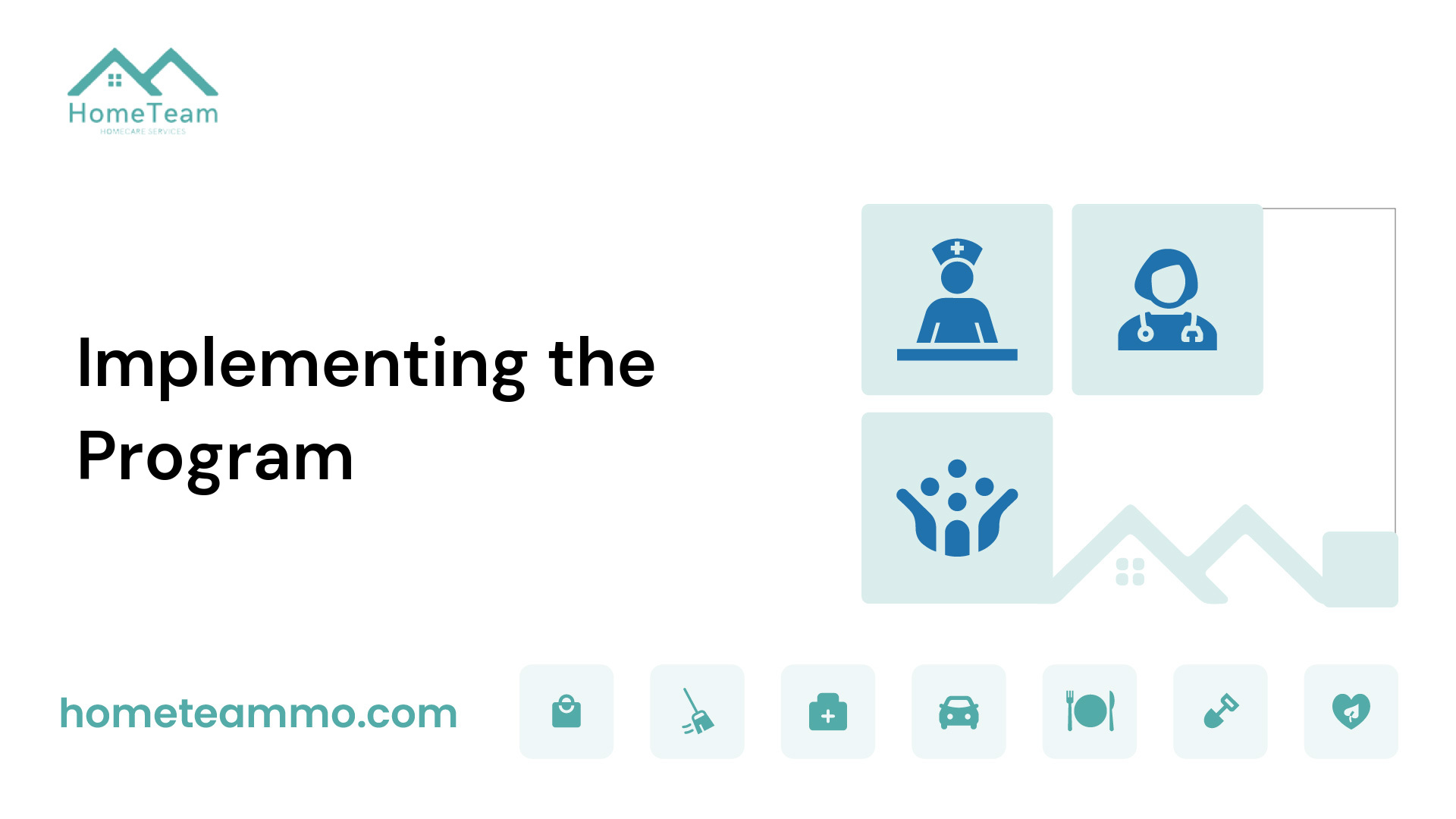
Implementing the Program
Implementing a chronic disease management program requires careful planning and execution. Ensuring that staff are well-trained and that effective monitoring systems are in place is crucial for the program's success.
Staff Training and Education
Proper training and education of staff are fundamental components of a successful chronic disease management program. Staff should receive education on the specific chronic diseases being managed, as well as the procedures and protocols established in the program.
A structured training program could include the following key components:
Training ComponentDescriptionDisease KnowledgeUnderstanding the chronic diseases and their management strategies.Communication SkillsTraining on how to effectively communicate with patients and their families.Technology ProficiencyInstruction on using health management software or tools.Emergency ProceduresGuidelines on handling urgent health scenarios related to chronic diseases.
Regular training sessions should be scheduled to update staff on new practices and enhancements in disease management.
Monitoring and Evaluation
Ongoing monitoring and evaluation of the chronic disease management program are essential to measure its effectiveness and make necessary adjustments. Data collection and analysis play a significant role in this process.
Key elements of monitoring and evaluation might include the following:
Evaluation MetricDescriptionPatient OutcomesAssessment of health outcomes, such as hospital readmission rates.Patient SatisfactionSurveys to gather feedback from patients on their care experience.Compliance RatesTracking adherence to care plans and recommended treatments.Staff PerformanceEvaluating staff engagement and effectiveness in executing care plans.
By systematically monitoring these metrics, the program can be refined and adapted to meet patient needs effectively. Regular reviews and assessments will guide necessary improvements and ensure the program remains aligned with best practices in chronic disease management.
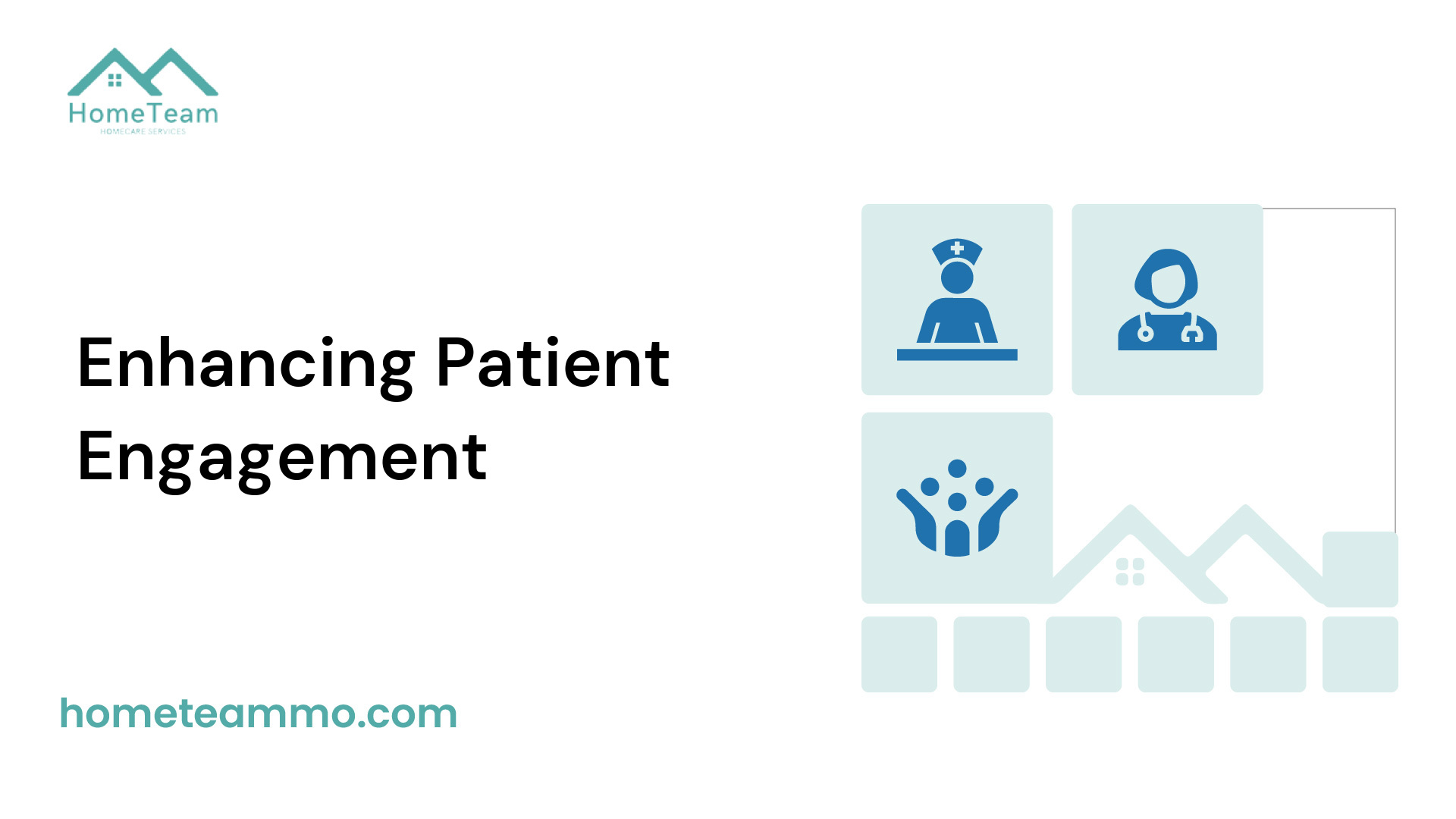
Enhancing Patient Engagement
Effective engagement of patients is vital in a chronic disease management program. By focusing on education and self-care, healthcare providers can empower patients to take charge of their health.
Education on Disease Management
Educating patients about their chronic conditions is essential. Knowledgeable patients are better equipped to manage their symptoms and make informed health decisions. Educational materials can include brochures, workshops, and one-on-one consultations.
Education TopicImportanceMethod of DeliveryUnderstanding Chronic DiseasesIncreases awarenessBrochures, ClassesMedication ManagementPromotes adherenceWorkshops, One-on-oneHealthy Lifestyle ChoicesEncourages preventionGroup sessions, Online resources
Encouraging Self-Care and Adherence
Promoting self-care is crucial for individuals managing chronic conditions. Patients should be encouraged to follow their care plans, monitor their symptoms, and reach out for support when needed. This can lead to better health outcomes and improved quality of life.
Self-Care StrategyDescriptionExpected BenefitDaily Routine EstablishmentCreating a structured daily activity planIncreased adherenceSymptom TrackingKeeping a record of symptoms and triggersEarly detection of issuesSupport SystemsEngaging family and friends for encouragementEmotional support
Encouraging patients to take an active role in their care, combined with educational initiatives, can significantly improve their engagement in managing chronic diseases effectively. This approach ultimately contributes to the overall success of chronic disease management programs in nursing homes.
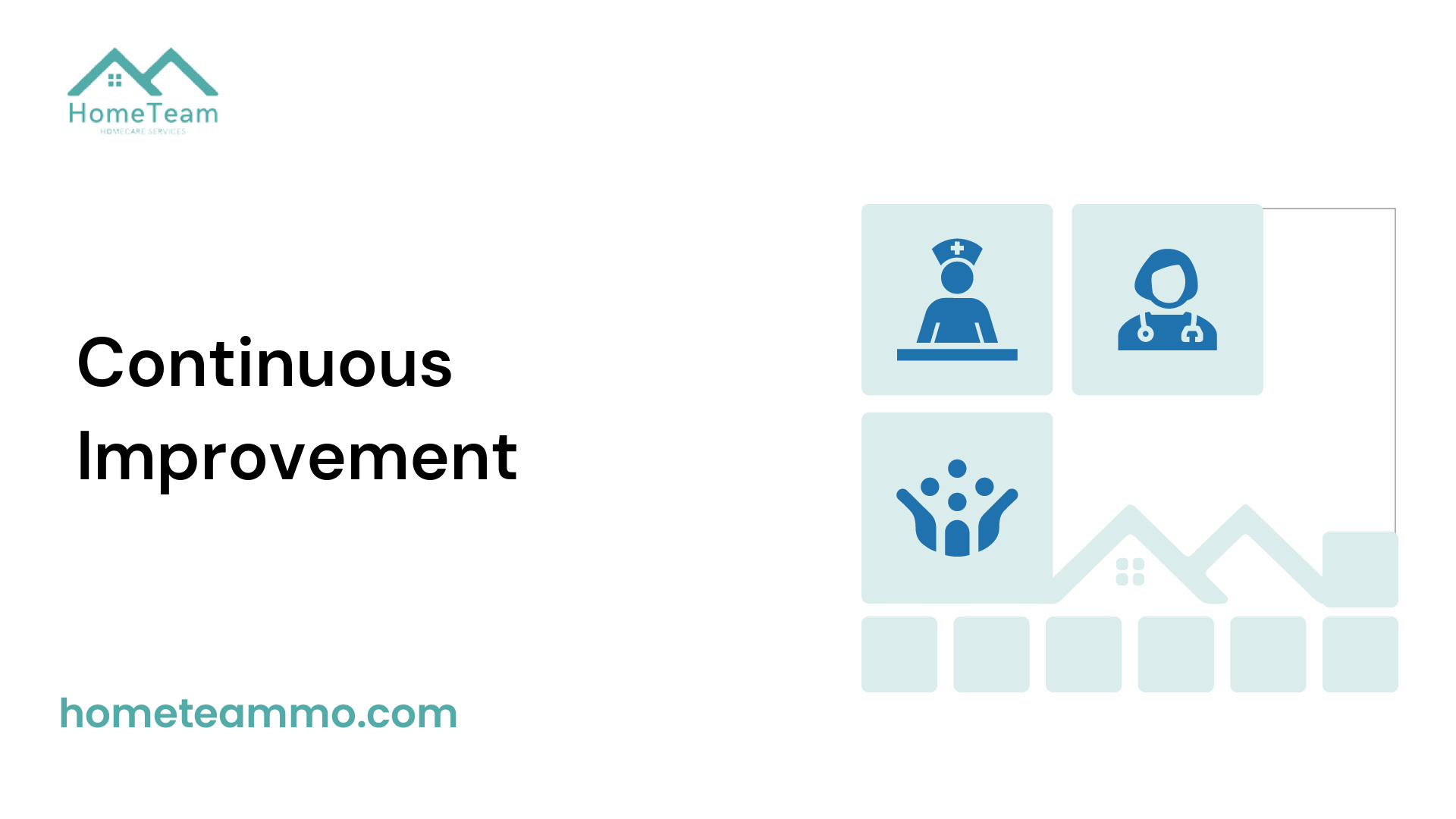
Continuous Improvement
To ensure the effectiveness of a chronic disease management program in nursing homes, continuous improvement is essential. This involves regularly gathering feedback, reflecting on outcomes, and adapting strategies to meet changing needs.
Feedback and Reflection
Collecting feedback from staff, patients, and their families is a vital step in improving a chronic disease management program. Regular feedback helps to identify areas of success as well as aspects that need enhancement. This can be achieved through surveys, interviews, or focus groups.
Feedback MethodPurposeFrequencyStaff SurveysEvaluate staff satisfaction and program effectivenessQuarterlyPatient SurveysAssess patient experiences and outcomesBiannuallyFamily InterviewsGather perspectives on care and supportAnnually
Reflecting on the collected feedback allows for a thorough analysis of the program's impact. Staff meetings can serve as a platform for discussing results, identifying challenges, and generating solutions. Regular reflection helps to foster a culture of improvement.
Adapting to Changing Needs
Healthcare is dynamic, and chronic disease management programs must adapt to new challenges and demands. This includes staying updated on best practices and emerging research related to chronic disease treatment.
Adapting to changing needs involves:
Adaptation StrategyDescriptionOutcomeAnnual Needs AssessmentEvaluate patient health and program efficacyImproved care plansProtocol UpdatesRevise treatment guidelines based on new researchEnhanced patient outcomesContinuous EducationProvide staff with professional development opportunitiesImproved staff performance
By prioritizing feedback and reflection as well as adapting to shifting patient needs, a nursing home's chronic disease management program can continually evolve. Ensuring the program remains responsive and effective is key to providing quality care.
.jpg)
The Family’s Essential Role in Nursing Home Care
.jpg)
Effective Sleep Apnea Support for Elderly Residents’ Health
.jpg)
Top Benefits of Promoting Hobbies for Nursing Home Residents
.jpg)
The Power of Music Therapy in Senior Communities Explained
.jpg)
The Importance of Hospice Care Support in Nursing Homes
.jpg)
The Power of Aromatherapy for Senior Residents Explained
.jpg)
Effective Caregiver Support Programs for Staff in Senior Care
.jpg)
The Importance of Psychiatric Care for Elderly Residents
.jpg)
The Importance of Advanced Vaccination Plans for Seniors
.jpg)
Exploring the Benefits of Group Therapy for Seniors in Care
.jpg)
The Power of Dance Therapy for Seniors: Enhancing Well-being
.jpg)
Top Benefits of Cognitive Behavioral Therapy for Mental Wellness
.jpg)
Effective Hydration Strategies for Elderly Care and Wellness
.jpg)
The Role of Palliative Care Development in Homes for Seniors
.jpg)
Effective Smoking Cessation for Elderly Residents Explained
.jpg)
The Importance of Volunteer Programs in Nursing Homes
.jpg)
The Importance of Oral Health in Senior Care Explained
.jpg)
The Impact of Technology Use in Elderly Communities Explained
.jpg)
Top Social Isolation Solutions for Seniors: Enhancing Quality of Life
.jpg)
A Guide to Addressing Elderly Sexuality Concerns with Care
.jpg)
Why Advance Care Planning for Seniors is Essential for Care
.jpg)
Effective Cognitive Decline Prevention Programs for Seniors

Explore Nutritional Programs for Senior Health and Wellness
.jpg)
Top Strategies for Enhancing Social Life in Nursing Homes
.jpg)
Top Nutrition Tips for Nursing Home Residents to Boost Health
.jpg)
Routine Vaccines for Elderly Health: Essential Immunizations
.jpg)
The Best Physical Fitness Programs for Seniors
.jpg)
The Importance of Regular Health Check-Ups for Seniors
.jpg)
Effective Coordination of Care for Seniors: A Guide
.jpg)
Treating Sleep Disorders in Nursing Homes: Improving Resident Health
.jpg)
Top Strategies for Fighting Malnutrition in Nursing Homes
.jpg)
Top Vision Support Strategies for Senior Residents in Nursing Homes
.jpg)
Creating Personalized Rehabilitation Plans for Seniors
.jpg)
Managing Chronic Diseases Effectively: Top Tips & Strategies
.jpg)
Creating Comprehensive Health Strategies for Nursing Homes
.jpg)
Supporting Residents with Addiction Issues in Senior Communities
.jpg)
Effective Communication Strategies for People with Hearing Loss
.jpg)
Top Approaches to Chronic Illness Care for Nursing Home Staff
.jpg)
The Importance of Mental Health in Senior Communities
.jpg)
Top Social Activities for Elderly Residents to Boost Well-Being
.jpg)
Physical Therapy Benefits for Seniors: Improving Mobility and Health
.jpg)
Top Strategies for Boosting Resident Satisfaction in Senior Homes
.jpg)
Top Fun Activities for Nursing Home Residents to Stay Engaged
.jpg)
Why Comprehensive Health Checks Are Crucial for Seniors
.jpg)
Top Tips for Supporting Nutritional Health in Elderly Care
.jpg)
How to Recognize and Address Depression in Nursing Home Residents

How to Implement Technology in Elderly Care for Better Outcomes
.jpg)
Effective Pain Management in Nursing Homes

Top Home Health Care Agencies for Seniors in St. Louis
.jpg)
The Evolution of Pharmacy Services in Missouri
.jpg)
What are Aging Population Trends?
.jpg)
Top Home Health Care Services in Florissant, Missouri
.jpg)
Personalized Home Health Care in Cape Girardeau, MO
.jpg)
Top-Rated Home Care Providers in Bridgeton
.jpg)
The Benefits of Art Programs for Nursing Home Residents
.jpg)
The Role of Care Coordination in Nursing Home Care
.jpg)
The Role of Social Work in Enhancing Nursing Home Care
.jpg)
How to Address Behavioral Health Issues in Nursing Home Residents
.jpg)
The Benefits of Music Therapy for Nursing Home Residents
.jpg)
How to Address Nutritional Needs in Nursing Home Residents
.jpg)
The Role of Physical Activity in Nursing Home Care
.jpg)
How to Develop a Resident Satisfaction Strategy in Nursing Homes
.jpg)
How to Implement a Health Promotion Strategy in Nursing Homes
.jpg)
The Benefits of Group Activities for Nursing Home Residents
.jpg)
How to Develop a Rehabilitation Strategy in Nursing Homes
.jpg)
The Benefits of Physical Therapy for Nursing Home Residents
.jpg)
The Importance of Regular Health Screenings in Nursing Homes
.jpg)
The Role of Exercise in Nursing Home Care
.jpg)
How to Develop a Chronic Disease Management Strategy in Nursing Homes
.jpg)
The Benefits of Cognitive Stimulation for Nursing Home Residents
.jpg)
The Importance of Mental Health Services in Nursing Homes
.jpg)
How to Implement a Pain Management Strategy in Nursing Homes
.jpg)
How to Address Hearing Impairments in Nursing Home Residents

The Importance of Regular Health Assessments in Nursing Homes
.jpg)
The Benefits of Social Support for Nursing Home Residents
.jpg)
The Critical Role of Nutrition in Nursing Homes
.jpg)
How to Address Depression in Nursing Home Residents
.jpg)
The Role of Health Information Technology Transforms Nursing Home
.jpg)
How to Implement a Resident Satisfaction Program in Nursing Homes
.jpg)
The Benefits of Community Activities for Nursing Home Residents
.jpg)
How to Support Residents With Mental Health Issues in Nursing Homes
.jpg)
The Benefits of Occupational Therapy Serves Nursing Home Residents
.jpg)
How to Address Anxiety in Nursing Home Residents
.jpg)
How to Develop a Health Promotion Program in Nursing Homes
.jpg)
How to Address Substance Abuse in Nursing Home Residents
.jpg)
How to Develop a Recreation Therapy Program in Nursing Homes
.jpg)
The Benefits of Physical Activity for Nursing Home Residents
.jpg)
The Role of Family Caregivers in Nursing Home Care
.jpg)
How to Support Residents with Chronic Illnesses in Nursing Homes
.jpg)
How to Address Sleep Apnea in Nursing Home Residents
.jpg)
The Benefits of Crafts and Hobbies for Nursing Home Residents
.jpg)
The Importance of Regular Physical Activity in Nursing Homes
.jpg)
The Importance of Community Engagement in Nursing Homes
.jpg)
How to Implement a Resident Safety Program in Nursing Homes
.jpg)
How to Implement a Smoking Policy in Nursing Homes
.jpg)
How to Address Nutritional Deficiencies in Nursing Home Residents
.jpg)
The Benefits of Mindfulness for Nursing Home Residents
.jpg)
The Role of Music in Enhancing Nursing Home Care
.jpg)
How to Address Chronic Pain in Nursing Home Residents
.jpg)
